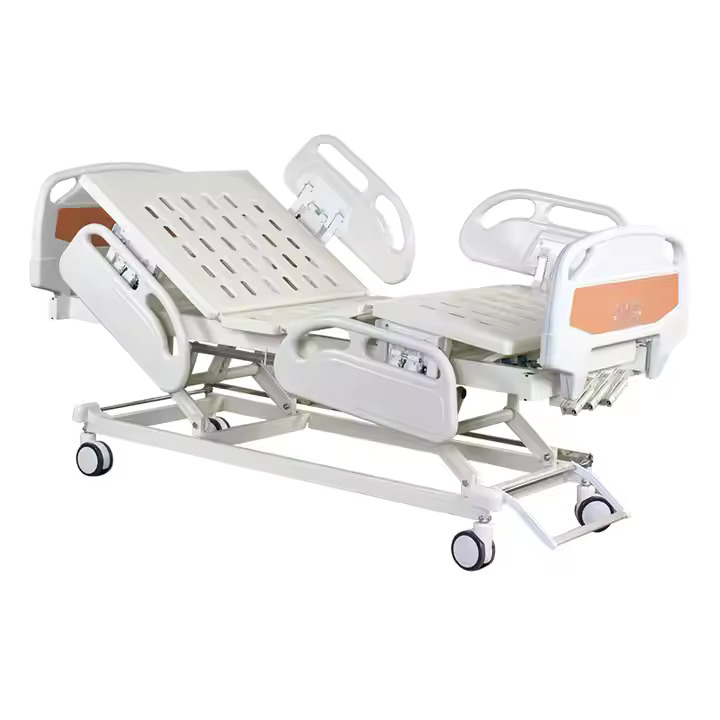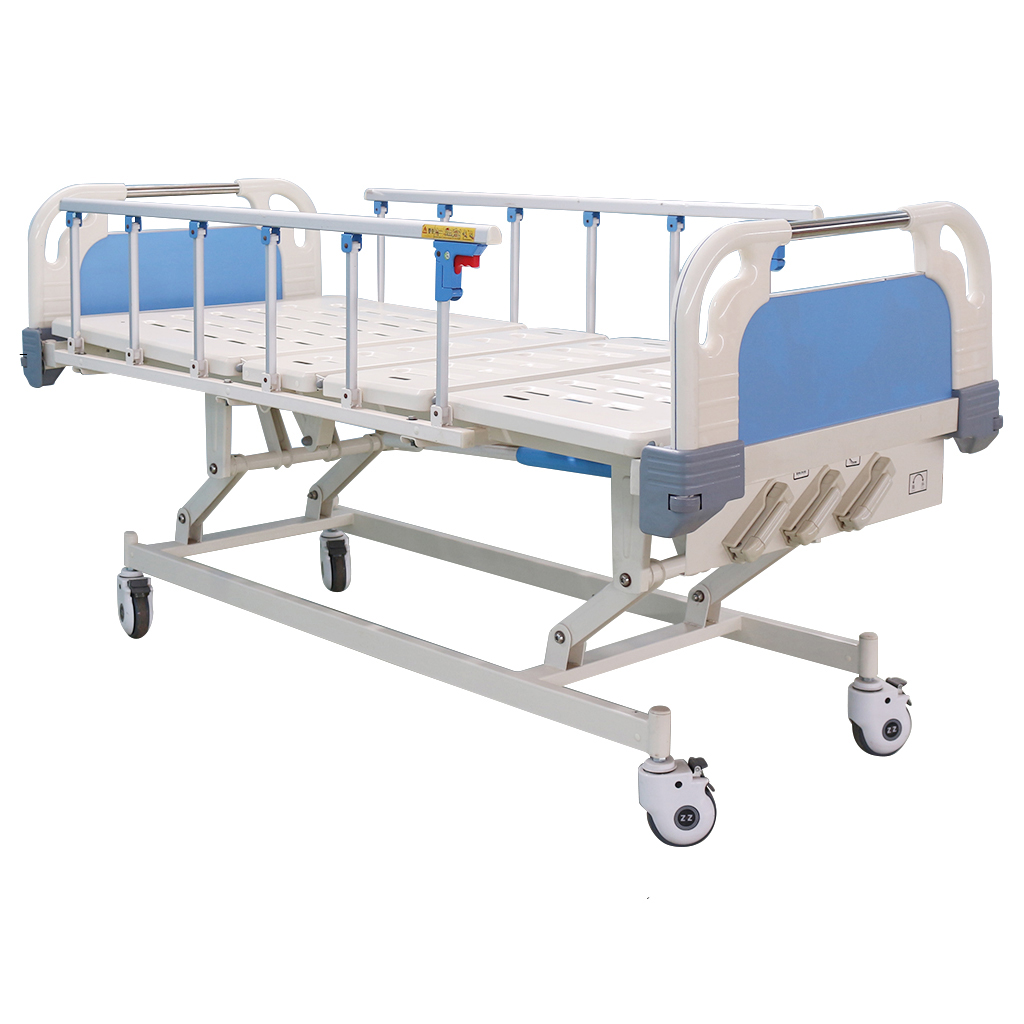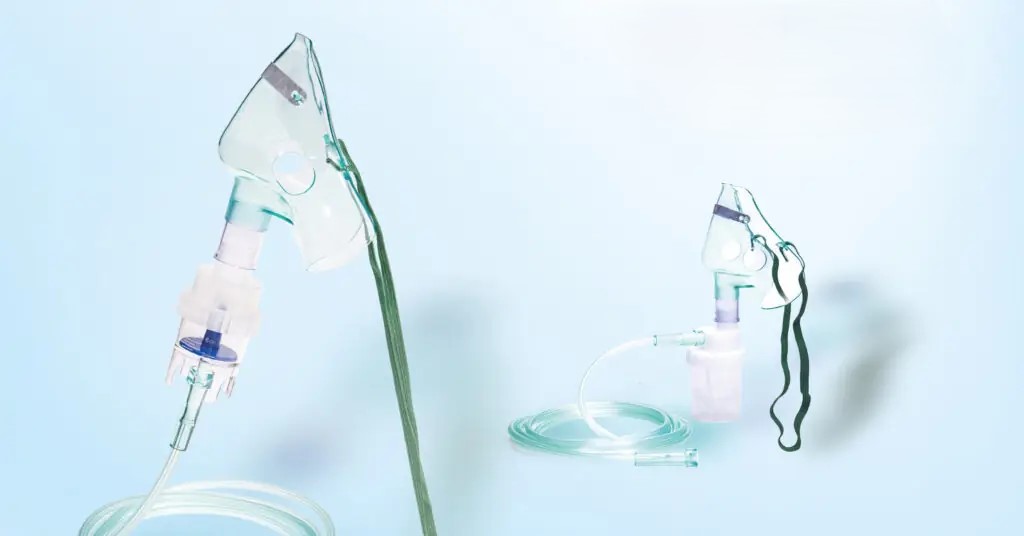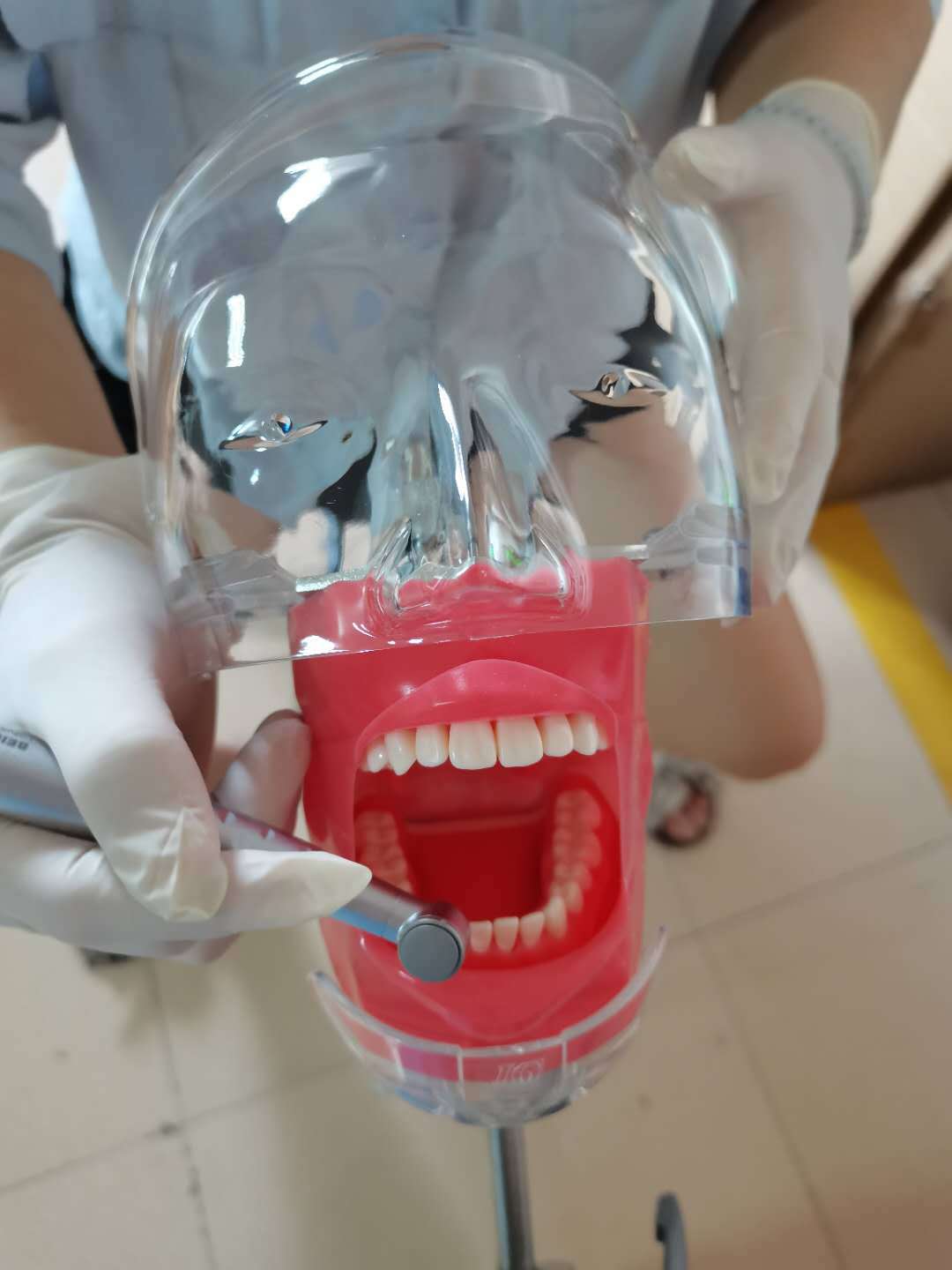When it comes to selecting a hospital bed for home care, nursing homes, or health centers, the choice between a manual crank bed and an electric bed is crucial. Both options have their advantages, but for those seeking functionality and affordability, the manual crank hospital bed stands out as a practical solution. Looking for high quality 3 crank hospital bed, then Hospital Beds CN is a good place from premium hospital bed manufacturer.
Understanding Manual Crank Hospital Beds
Manual crank hospital beds are designed to provide optimal comfort and support for patients while being cost-effective and easy to operate. These beds use hand cranks to adjust the height, backrest, and knee sections, allowing for precise positioning tailored to the patient’s needs. Unlike electric beds, which rely on motors and can be more expensive, manual crank beds offer a reliable and straightforward alternative. As a leading hospital bed manufacturer, we prioritize durability and user-friendliness in our designs.

Key Features of the 3 Crank Hospital Bed
One popular option in the manual crank category is the 3 Crank Hospital Bed. This bed offers three main adjustments:
- Backrest Lifting Angle: Adjustable from 0-85°, allowing patients to sit up comfortably.
- Knee-rest Lifting Angle: Adjustable from 0-45°, providing support for the knees and legs.
- Hi-low Adjustment: The bed height can be adjusted from 500mm to 750mm, making it easier for caregivers to assist patients and for patients to get in and out of bed.
The bed is constructed with a durable MS perforated platform with ventilation holes, divided into four sections for better support and comfort. The frame surface is electroplated with epoxy powder, ensuring longevity and easy maintenance. With a loading capacity of 260 kg (572 lbs), it accommodates a wide range of patients.
Advantages of Manual Crank Beds
- Cost-Effective: Manual crank beds are significantly more affordable than electric beds, making them an ideal choice for home care and nursing facilities with budget constraints.
- Reliability: Without electronic components, manual crank beds are less prone to mechanical failures and do not require electricity to operate. This makes them a reliable option, especially in areas with unreliable power supply.
- Ease of Use: The manual cranks allow for precise adjustments, giving caregivers and patients control over the bed’s positioning. This is particularly useful for patients who need specific positions for comfort or medical reasons.
- Durability: Manual beds are often more long-lasting because they do not have electronic parts that can wear out over time. This durability is essential for continuous use in home care and nursing environments. This commitment to quality is what sets us apart as a top hospital bed manufacturer.
Comparison with Electric Beds
Electric hospital beds offer convenience with motorized adjustments, allowing patients to change the bed’s position with the touch of a button. However, they come at a higher cost and require maintenance for the electronic components. In contrast, manual crank beds provide a more hands-on approach, which can be beneficial for caregivers who prefer manual control and for facilities looking to minimize expenses. As a versatile hospital bed manufacturer, we offer both options to meet diverse needs.
Conclusion
For those considering a hospital bed for home care, nursing homes, or health centers, the 3 Crank Hospital Bed is a functional and affordable option. Its manual adjustments, durability, and cost-effectiveness make it a practical choice for providing comfort and support to patients. While electric beds offer convenience, the reliability and simplicity of manual crank beds make them a valuable asset in various healthcare settings.




